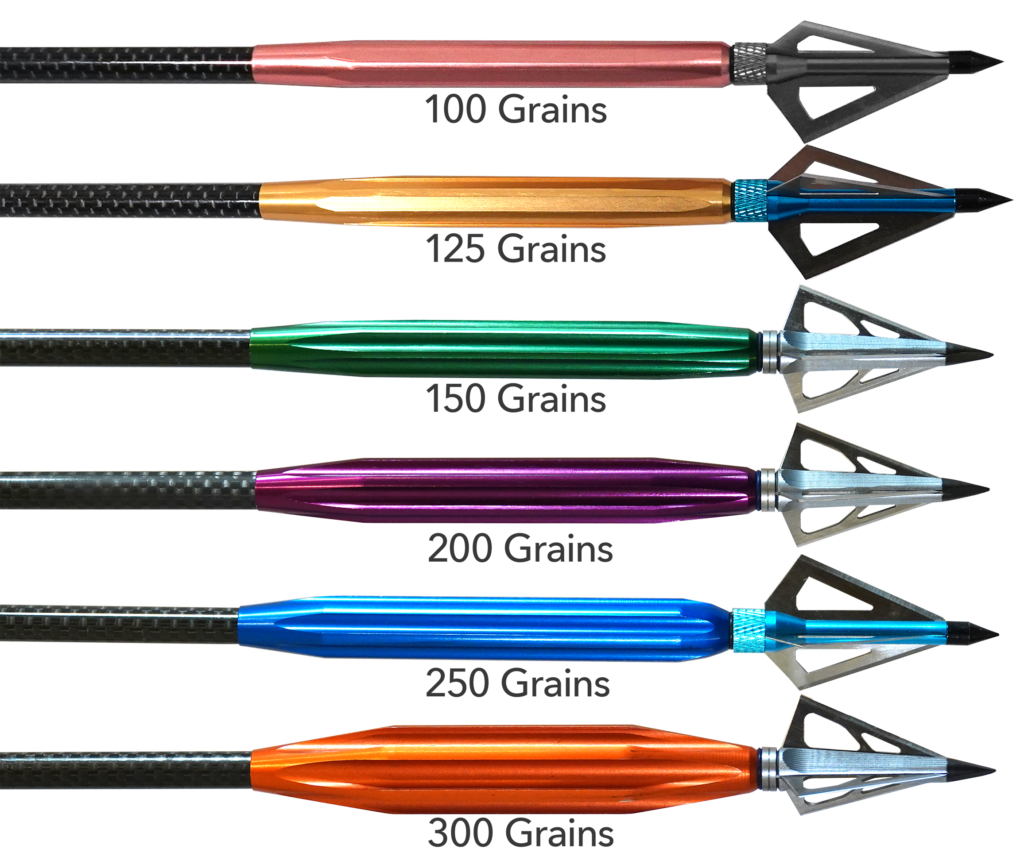Momentum = Penetration
Last week, we talked about what FOC (front of center) is and why it matters to you as an archer. This week, we’ll dive a little deeper into that; specifically how FOC affects arrow penetration.
To understand how increased FOC increases arrow penetration, we need to understand a basic physics equation, that is:
Momentum=Mass times Velocity.
From a study performed by Dr. Ed Ashby, “Two arrows can have the same momentum while having different masses. Given two arrows of equal momentum, but with one deriving a greater portion of its momentum from mass than the other, the heavier arrow will change velocity (decelerate) at a slower rate as it passes through the tissues… Another way of saying this would be that, though the heavier arrow is traveling slower, it takes a longer time to stop. The result is that the heavier arrow will have a greater impulse of force than does the light arrow.” Dr. Ed Ashby’s full article can be viewed here: https://cpw.state.co.us/Documents/Hunting/EHU/Momentum-KineticEnergy-ArrowPenetration.pdf
To simplify it even more, let’s go back to the days of our drivers education. We learned early on that larger vehicles like freight trucks take a longer time to come to a complete stop. This is because of their extra mass. Imagine a small sedan and an 18 wheeler are both going 65 mph. Both begin to stop at the same time. The truck is going to travel further before it comes to a complete stop. This is also the case with arrows traveling through the flesh of an animal.

How to Determine an Arrow’s Momentum
Remember, Momentum=Mass times Velocity.
Adding weight to an arrow will slow it down, therefore it is important to find out what the momentum of your arrow is. It is not enough to simply make a faster arrow, just like it is not enough to make a heavier arrow. Both factors must go into the momentum equation in order to get the most arrow penetration.
This idea was well illustrated in Dr. Ashby’s article, “If one fills a 5 gallon plastic pail with sand and fires both a .357 magnum and a heavy hunting arrow at it, the bullet will be stopped by the sand, while the arrow will penetrate the pail completely. The .357 magnum handgun has a 158 grain bullet traveling at 1250 fps, for a momentum of 0.83 slug-feet per second, and a kinetic energy of 520 foot-pounds. A 710 grain arrow at 183 fps has only 0.57 slug-feet per second of momentum, and a mere 52 foot-pounds of kinetic energy.”
Kinetic energy is another term that we will discuss at a later date. But for now, take the arrows that you have and see if you can find out how quickly they are flying. Gather some data and run the Momentum equation to find out if adding some weight to your arrows will increase their effectiveness.
